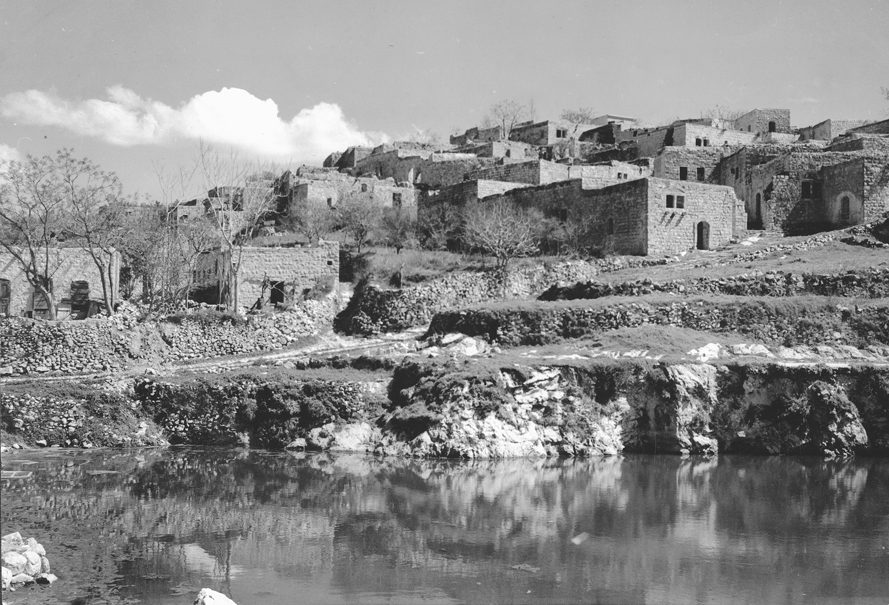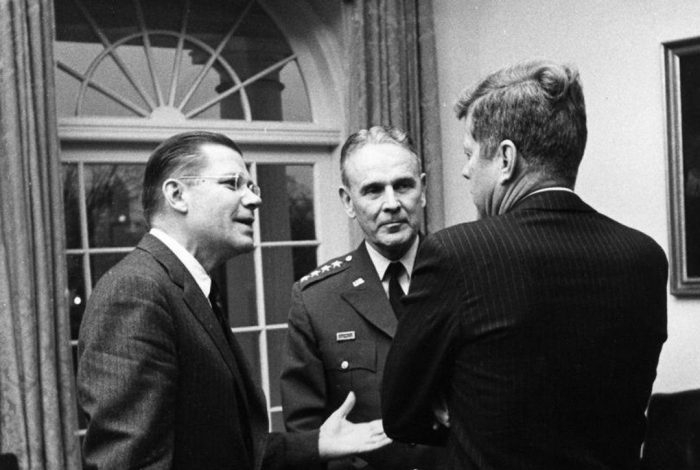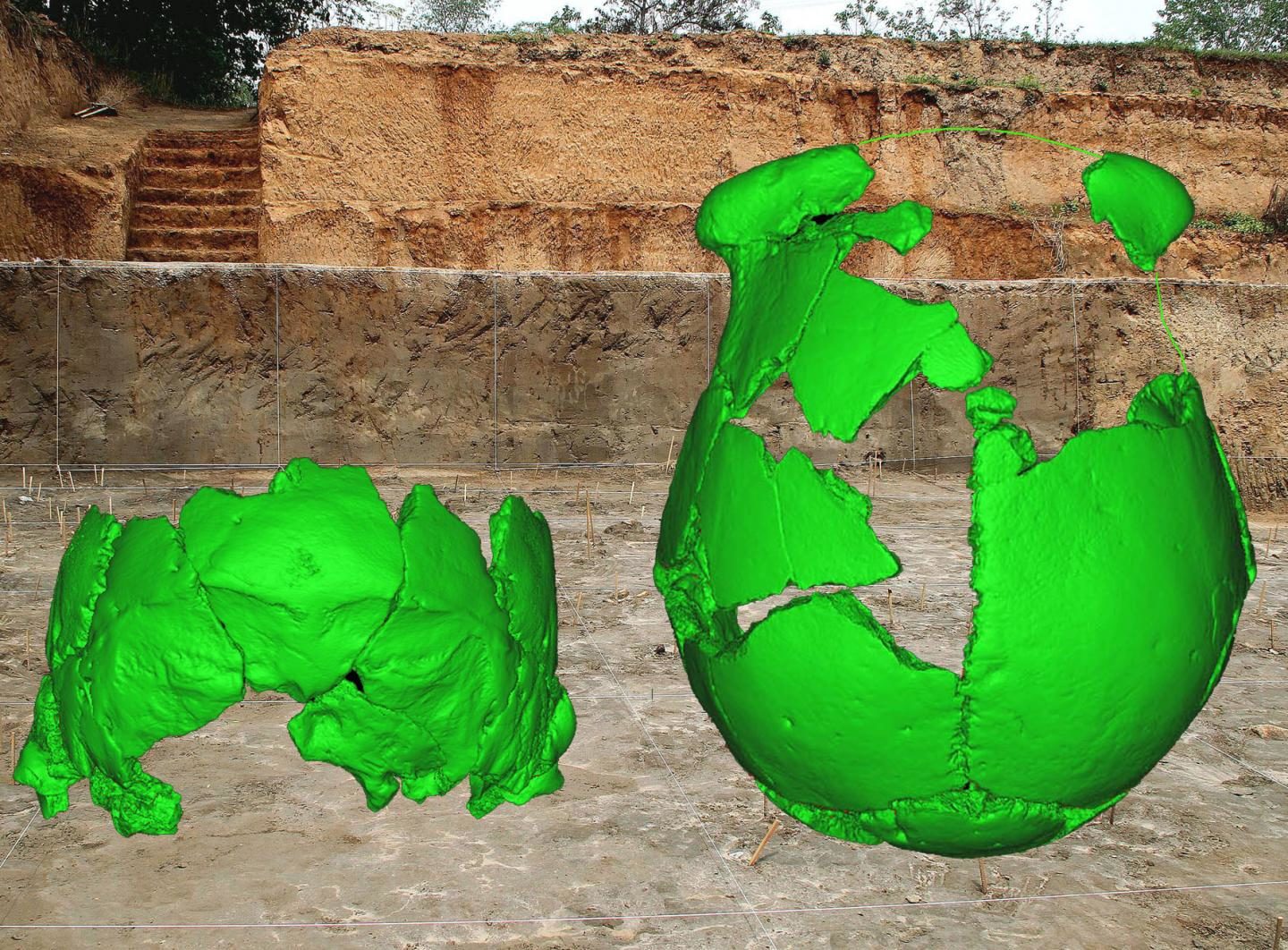
© Palestine RememberedThe Palestinian village of Suhmata in the early 1950s before its destruction by Israel.
Dear Ms. May,
I was in London for a summer visit a few years back. After a long day, I headed to Pret for a cup of coffee and a falafel wrap. A few minutes in, and as I was about to tuck into my wrap, a man seated next to me started a conversation with me about the weather. As we got to the part of the conversation where I told him that I'm in London just for a visit, he asked me where I was from. "Palestinian" I said.
"I like Palestinians," he responded. "But do you know what's wrong with the Palestinians?" he followed up.
"What?", I answered, curious as to what he is about to share.
"The problem is that the Palestinians can't move on. What happened has happened, but what are you going to do next, and when will you start looking towards the future, instead of continuing to be stuck in the past." I didn't respond to him then, but promised him that I would give what he said a thought.
I never thought back to that exchange until recently. Actually, specifically until four days ago. See, Ms. May, this past October 30 marked the 69th anniversary of the fall of my small village in Palestine -
Suhmata- at the hands of the Golani brigade. With a little over 1300 inhabitants at the time, a mosque, a church and two schools,
the village was aerially bombarded at first. Shortly after, Suhmata was captured by the Golani infantry brigade. They killed some of the villagers - maternal relatives of mine - and gave a choice to the remaining people to either stay and get killed or leave.



Comment: In this case, justice may be best served by buying and reading James Bamford's book. After all the trouble the NSA went to supress it, aren't we a little curious about what it says?
The Puzzle Palace: Inside the National Security Agency, America's Most Secret Intelligence Organization